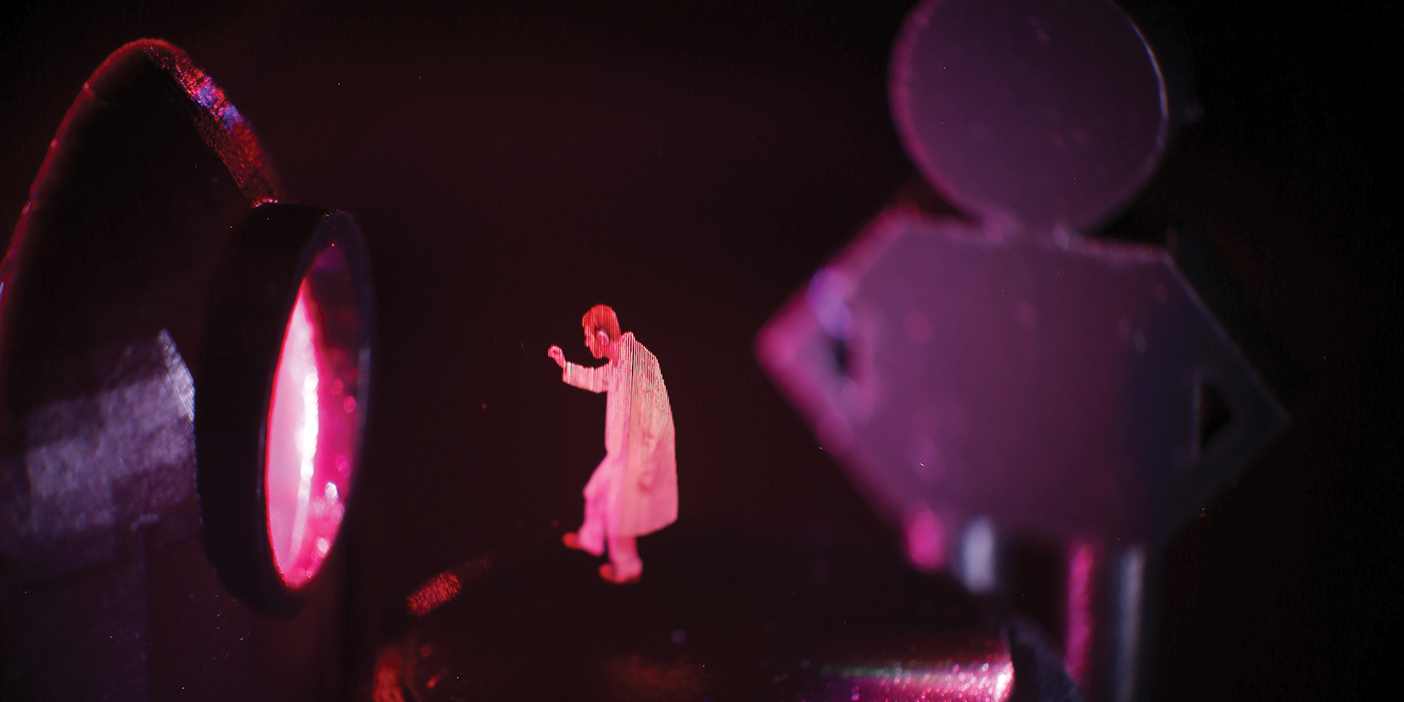By Lisa Ann Jackson
From the ABCs for an injured person to the “rule of nines” for a burn victim, the First Aid Handbook, created by the National Safety Council and a BYU professor, is helping households nationwide be more prepared for emergencies.
Alton L. Thygerson, a BYU professor of health sciences, teamed up with the National Safety Council to author the handbook, endorsed by William Shatner of Star Trek and Rescue 911 fame.
“Properly applied, first aid may mean the difference between life and death, rapid recovery and long hospitalization, or temporary disability and permanent injury,” Thygerson writes.
“The book works,” says Donna Seigfried of the National Safety Council. “It’s been saving lives all across the United States, even by just telling people how to access emergency medical services–we’ve had people tell us that was the saving factor.”
The handbook not only instructs in accessing the necessary medical services but also gives detailed instructions to those applying first aid before help arrives. Identifying situations requiring immediate attention, the handbook gives step-by-step directions in each case.
The book also oVers general advice applicable in most situations. “If you know the ABCs–is the airway open, are they breathing, can you determine if they need CPR, and do you need to stop hemorrhaging or severe bleeding -that’s how you save lives,” says Thygerson.
Full-color flow charts in the book help in deciding proper techniques, with “yes” and “no” markers leading to the proper care.
In addition, diagrams and pictures illustrate the nature of many injuries and the techniques to treat them. The description of the “rule of nines”–a method for calculating the extent of a burn–is accompanied by a diagram outlining sections of an adult body accounting for 9 percent of the body surface each. A person giving first aid can quickly determine the size of a burn by comparing the burn to the picture in the book.
The First Aid Handbook is not the first project on which the National Safety Council and Thygerson have collaborated. As the council’s technical consultant for first aid, Thygerson has written extensively for National Safety Council first aid programs. The First Aid Handbook is the evolutionary result of much of his past research and publications.
Thygerson’s interest in first aid began when he was a Boy Scout and developed through his college education and more than 30 years of teaching.
His research and expertise have had a rippling effect through regular columns in the Deseret News and Emergency magazine, the First Aid Handbook and other books, and his classroom at BYU. His college first aid textbook is used by 500 colleges, and he has spoken to audiences across the country through radio, television, and newspaper interviews. In addition, the National Safety Council has used his materials to train almost two million people, Seigfried says. The handbook now makes that specialized training accessible for in-home use.
“And we are working on more materials; this isn’t the end,” Seigfried says.









